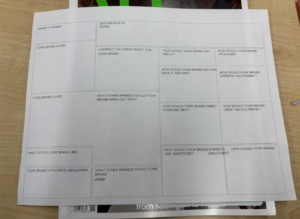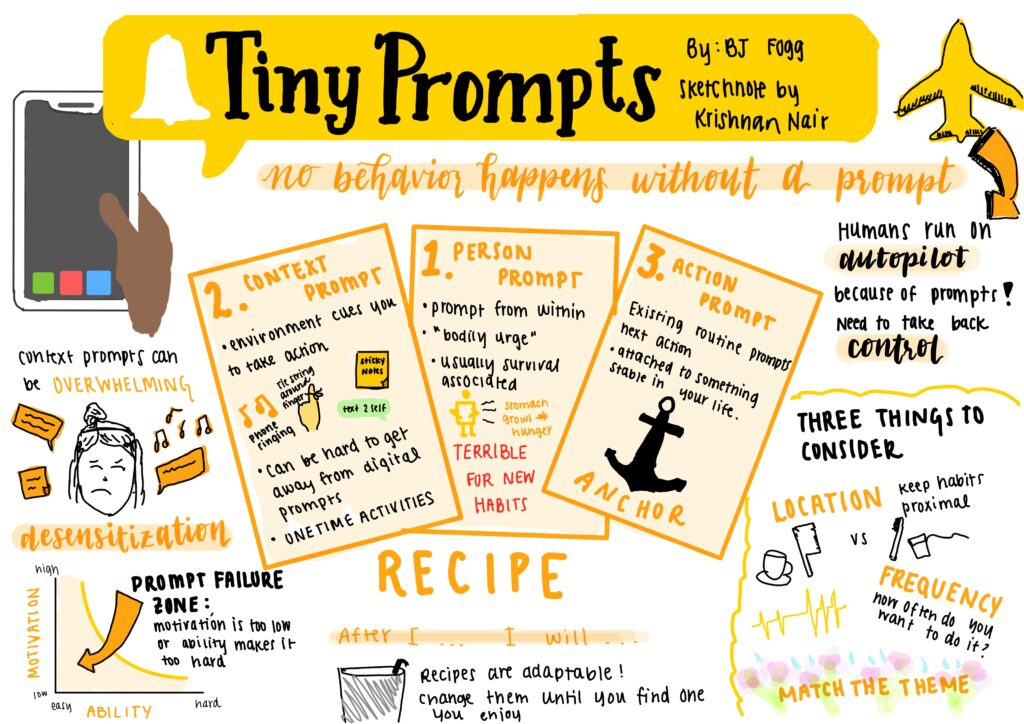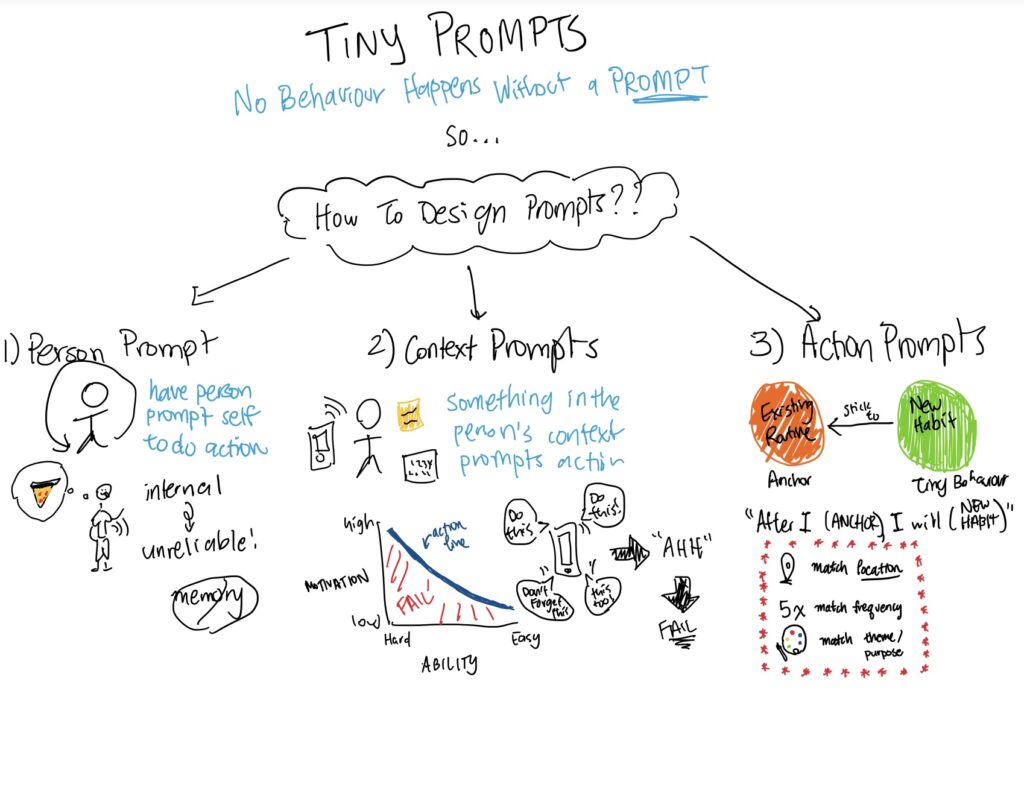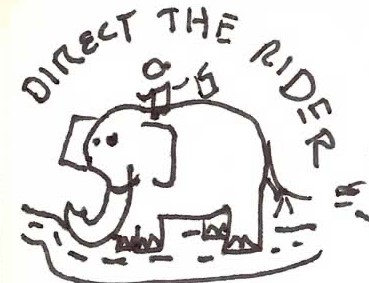Before this class, I thought about behavior change mainly in the context of how tech companies nudge users towards particular revenue generating actions. I did not have specific models for how this worked and could be applied to other types of behavior change. Some of the concepts that have stuck with me the most are how novelty is associated with a dopamine hit and how habit stacking, associating one old habit with a new one, can support the uptake of new habits. I’m also a lot more aware of thinking about behavior change as a culmination of actions and attitudes happening within a context.
In future work, I would ask myself:
- What are the concrete actions taking place around a behavior? How can I track this? (In the least annoying way possible!).
- What are the attitudes motivating these actions?
- How does the context (the environment) support or undermine particular behaviors?
From the class, I took away a few core tools that I’ll come back to in the future. Specifically, I found the systems mapping—the fishbone diagram, pyramid, and connection circle—particularly useful for generating insights. Creating these diagrams forces you to categorize information thematically and make some (educated) leaps about why behaviors are occurring. To me design work happens in these moments of synthesis.
I also loved the brand exercise (photo of the sheet below). I think this is such a clever way to think about what a brand should or should not be. Some of my favorite questions were: “How would your brand greet an old friend?” and “What brands would your brand avoid?” The questions about greeting an old friend, expressing excitement, etc. obviously correlate to specific interactions a user might have with your brand: initial onboarding, frequent user, when the company has made a mistake, etc. It’s simple, but I found thinking about the brand as a persona incredibly helpful.

Something I wish went differently for this class, and for many HCI classes, is the process of choosing the initial topic. I’m excited about what we built and enjoyed diving into sun exposure, but it doesn’t necessarily align with my personal interests. I would love to see design classes having a “pitch your idea” day where students could pitch different topics and form groups based on the topics pitched. Only having 30 minutes on the first class to decide on what the topic is super limiting. Once you choose a topic, there’s a lot of inertia around switching out of it. This is at tension with how fast the Stanford quarter system moves, but I think it would be valuable to have some more intentionality around topic choice.
Since our app was nudging people to do something that has almost only a positive impact (except for skin cancer via overexposure), I felt that our app had few ethical issues. My two main concerns would be:
- Our app can only support increasing sun exposure for populations who already are resourced in some way. If you work a night shift, long hours, have no control over your home or work environment, live in a place with little lighting, our app cannot support you in building a sun exposure habit, since it will be nearly impossible to find more sunlight in your day or adjust your environment.
- Our app sits within an ecosystem of self-optimization and health tracking. While this can be a positive thing, e.g., nudging people towards positive habits, I think self-optimization can become an unhealthy obsession, where a user always requires external validation and perfect scores in order to feel good about themselves and their habits.
I think our nudges are acceptable because the user consents to them, both explicitly within the app and by downloading the app and looking for a tool to help with sun exposure. Additionally, we are promoting a positive behavior. If our nudges had a social aspect, e.g., users could see if others went outside and for how long, I think this could become manipulative and lead to privacy concerns. Users could use this data to track each other’s movements or to create social pressure against “non-sun” behaviors, e.g., studying indoors.



